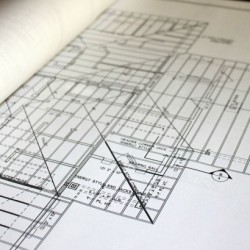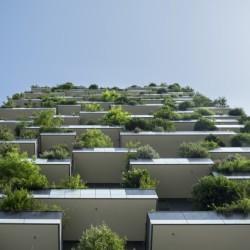Massachusetts Lighting Incentive Changes
Industry experts are discussing potential changes to the way energy efficient lighting will be specified, as well as the methodology by which utility companies will assign incentives. There has been exponential change to the energy efficient lighting industry over the past several years. LED lighting products have exploded within the ...
Higher Education Energy Efficiency
The higher education sector consists of over 4,000 private and public colleges, educating more than 20 million students annually. Colleges and universities have the power to strengthen local communities and economies by teaching both older and younger generations valuable marketable skills; fostering values, morals, and civic traits; introducing career opportunities, ...
Most Energy-Efficient States in 2016: MA & CA
Massachusetts and California tied as the most energy-efficient states in the U.S., as reported in the American Council for an Energy-Efficient Economy's (ACEEE) 2016 State Energy Efficiency Scorecard. Massachusetts has taken the title six years running, with California one step behind each year. This is the first time Massachusetts has ...
National Energy Efficiency Day
Today, October 5, 2016, marks the nation's first Energy Efficiency Day. Energy Efficiency Day was chosen for October to compliment National Energy Action Month, a campaign set in motion by the Obama Administration to draw attention to the benefits of a more sustainable nation and economy. Fittingly, October 5 also ...
Facilities Management and the Triple Bottom Line
The triple bottom line is a term coined in 1994 by John Elkington, a social entrepreneur and business author known for his work in the sustainability field. The triple bottom line states that a business should be concerned with more than the traditional (profit) bottom line. The triple bottom line ...
Understanding the 179D Federal Tax Deduction
Signed into the tax code in the Energy Policy Act of 2005, the 179D Federal Tax Deduction is a provision to encourage new construction and building retrofit energy efficiency projects. The following is a simple guide to help professionals who are considering the 179D Federal Tax Deduction.
What is the 179D ...
In Facilities Management, You Should Sweat the Small Stuff
Facilities management and energy efficiency is not always about the big picture. In fact, more often than not, energy efficiency planning requires a comprehensive examination into how efficiently electrical and gas components operate within a building. There is a lot of small stuff to consider, especially in larger and more ...
Planned Energy Efficiency Investments Reaches All-Time High
A recent study, conducted by Johnson Controls in which 1,243 energy and facility management executives were surveyed, concluded that energy efficiency investments are at an all-time high. The study investigated "planned investments, key drivers, and organizational barriers for improving energy efficiency." The following will breakdown some of the key findings ...
Simplifying the Process for Utility Incentives
In a Facilities.net article about filing for utility incentives and rebates, the author warns that facility managers must be proactive when filing for incentive and rebate applications, lest they miss their opportunity to receive them. The article states, ". . . late filing or incomplete paperwork can cost a facility ...












